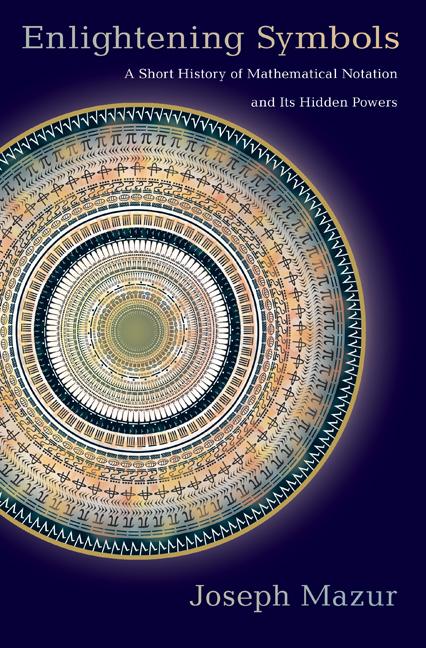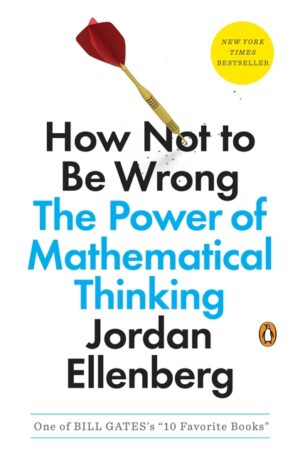"Mazur (Euclid in the Rainforest) gives readers the fascinating history behind the mathematical symbols we use, and completely take for granted, every day. Mathematical notation turns numbers into sentences–or, to the uninitiated, a mysterious and impenetrable code. Mazur says the story of math symbols begins some 3,700 years ago, in ancient Babylon, where merchants incised tallies of goods on cuneiform tablets, along with the first place holder–a blank space. Many early cultures used letters for both numbers and an alphabet, but convenient objects like rods, fingers, and abacus beads, also proved popular. Mazur shows how our 'modern' system began in India, picking up the numeral 'zero' on its way to Europe, where it came into common use in the 16th century, thanks to travelers and merchants as well as mathematicians like Fibonacci. Signs for addition, subtraction, roots, and equivalence followed, but only became standardized through the influence of scientists and mathematicians like René Descartes and Gottfried Leibniz. Mazur's lively and accessible writing makes what could otherwise be a dry, arcane history as entertaining as it is informative."– "Publishers Weekly"





